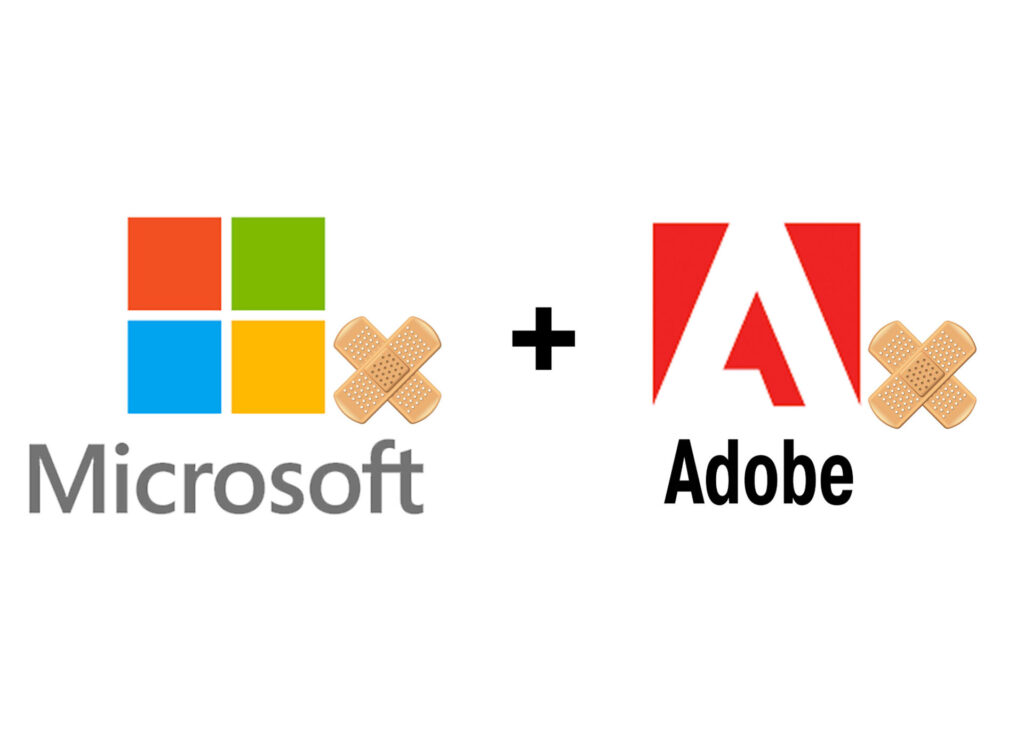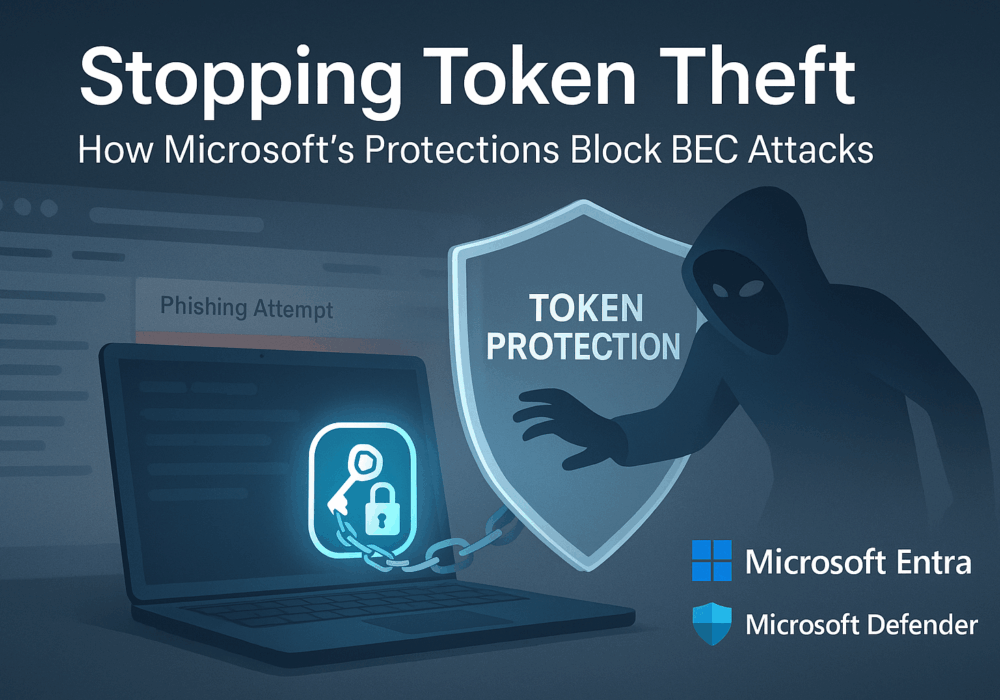
CyberHoot Vulnerability Alert Management Process (VAMP) Rating: Critical/Red July 19th, 2022: CyberHoot has learned of multiple Microsoft and Adobe vulnerabilities that can allow for Remote Code Execution (RCE) on your devices that use their products. Continue reading to learn what the specific details are for Microsoft and Adobe products.
The Microsoft vulnerabilities are tracked under CVE-2022-22047 where the most severe of which could allow for Remote Code Execution in an already logged-on user. Depending on the privileges associated with the user, a hacker could install programs; view, change, or delete data; or create new accounts with full user rights. Users whose accounts are configured to have fewer user rights on the system could be less impacted than those who operate with administrative user rights. The vulnerabilities affect multiple Microsoft products including, but not limited to, Azure, BitLocker, Skype, and Edge. For the entire list of the 40-50 specific Microsoft products affected, head to CISecurity’s advisory to see the whole list.
CyberHoot recommends that the following actions be taken to secure your Microsoft software and company systems:
Multiple vulnerabilities have been found in Adobe products, where the most severe can result in Remote Code Execution (RCE). Depending on the privileges associated with the user, an attacker could then install programs; view, change, or delete data; or create new accounts with full user rights. Users whose accounts are configured to have fewer user rights on the system could be less impacted than those who operate with administrative user rights. The list of affected Adobe Products are listed below:
CyberHoot recommends that the following actions be taken to secure your Adobe software and company systems:
If you’re a subscriber to CyberHoot’s services, you’ll have access to our Policy and Process library which contains the vulnerability alert management process document. This document prescribes how to respond to situations like this and in what time frame. If your company has not yet adopted a VAMP-like process, now is a great time to get started.
Discover and share the latest cybersecurity trends, tips and best practices – alongside new threats to watch out for.

Welcome to our two-part blog series on Microsoft’s new email security enhancement now included in Office 365 P1...
Read more
"Being an MSP today is like wearing a neon sign that says, ‘Hack me! I’m the gateway to 100...
Read more
Ever had your phone suddenly lose service for no reason, followed by a flood of “reset your password”...
Read moreGet sharper eyes on human risks, with the positive approach that beats traditional phish testing.
